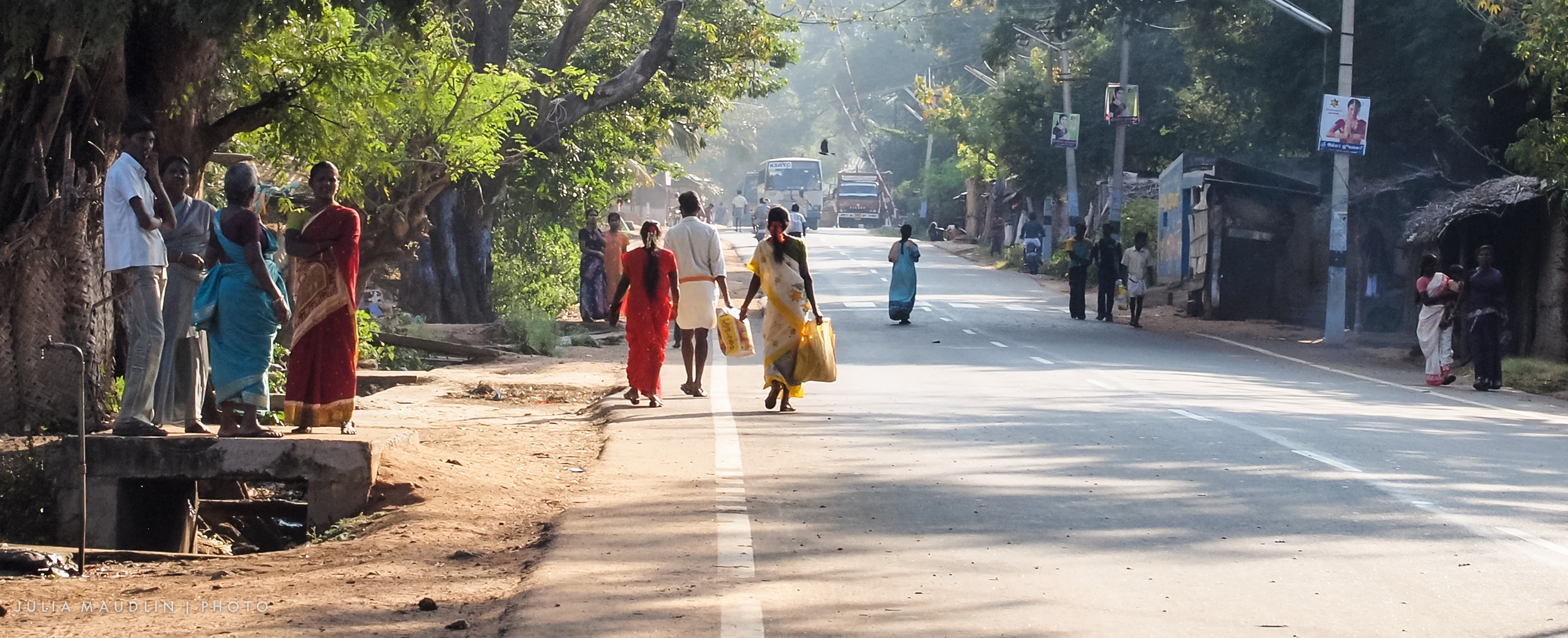
Women, Wellbeing and the City
March 19, 2018 — The Big Picture
Urban wellbeing is a term that refers to people’s sense of wellness and happiness in the city. It is, of course, very difficult to measure and it is not a static concept. People also experience the city in diverse ways which affects their perception of wellbeing. So what does wellbeing mean to a woman or a girl living in a city?
Discussions on wellbeing focus on a range of issues, including health and environmental factors. I believe that wellbeing must be seen within a larger context of social and cultural norms and realities. Wellbeing cannot be understood in isolation of these larger social understandings. How do we ensure that gender and women’s perspectives are part of the discussion on wellbeing, and that they are a key component of urban policies and practices?
Women occupy urban spaces and engage with the urban fabric in ways that are different from men and often dictated by their gender identity. This means that their experience is shaped by their identity which includes their vulnerabilities, specifically to different forms of discrimination and violence, as well as their role as caregivers (often ascribed to them by social and cultural norms). It is important to mention that all women do not have the same experience with the city and we need to delve deeper into other factors such as age and income.
Women as a group tend to have greater care responsibilities, and this has a great impact on their wellbeing. They often tend to be responsible for the health and wellbeing of the whole family, but their own wellbeing can suffer. The work of care is often invisible and requires women to spend a lot of energy. This can have an impact on their health. Wellbeing therefore is affected by inequality and discrimination as well as other factors such as health and environment.
For women who live in slums or slum-like settlements, there are several factors which impinge on their physical and mental wellbeing. The availability and access to urban services place a major burden on them. For example, in places where water or toilets are not available within homes, women face an extraordinary burden. They are often the ones who have to collect water, and this has an impact on their health (often having to wake up very early to ensure water is collected, or carrying heavy loads). Having to use open spaces for toilet needs also makes them vulnerable to violence and danger.
Violence significantly affects women’s choices and abilities to access opportunities that the city offers. It is not that there is more gender-based violence in cities but the process of urbanization can make women more vulnerable. For example, recent research confirms that women face multiple forms of violence and sexual harassment in cities such as catcalling, groping, stalking and more serious forms like rape and sexual assault. This everyday violence and harassment frames women’s experience of public spaces in the city.
Women in cities around the world often lack equal access to public spaces due to fear and violence. They also face exclusion due to social and cultural norms. For example, the simple act of going for a walk is not always that simple. Women have to find places where they feel safe and times during which they feel safe. Furthermore, women’s mobility is hampered by violence and fear, as well as poor public transport services. Traditional transport planning often focuses on male patterns of travel, whereas research has shown that women’s travel patterns can be quite different due to their caregiving role.
When we put gender at the center of urban wellbeing, it becomes evident that it is not just an individualized concept, but one that is related to social and cultural factors. Wellbeing becomes a concept that is linked to connections and sociality. Wellbeing comes from being part of a community and city and having a political voice.
Cities need to be designed to accommodate the needs and patterns of a wide diversity of people to ensure the wellbeing of all. Therefore, urban policies need to be designed within this framework that recognizes people as living diverse social realities and addresses inequality and discrimination as key factors in creating wellbeing in people’s lives.